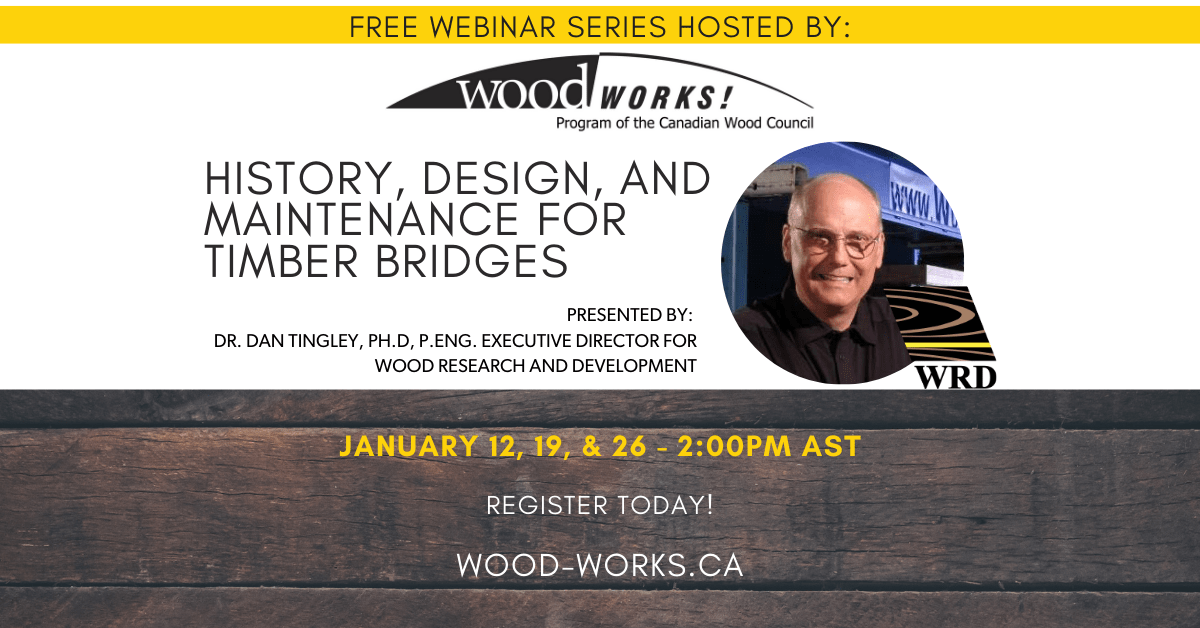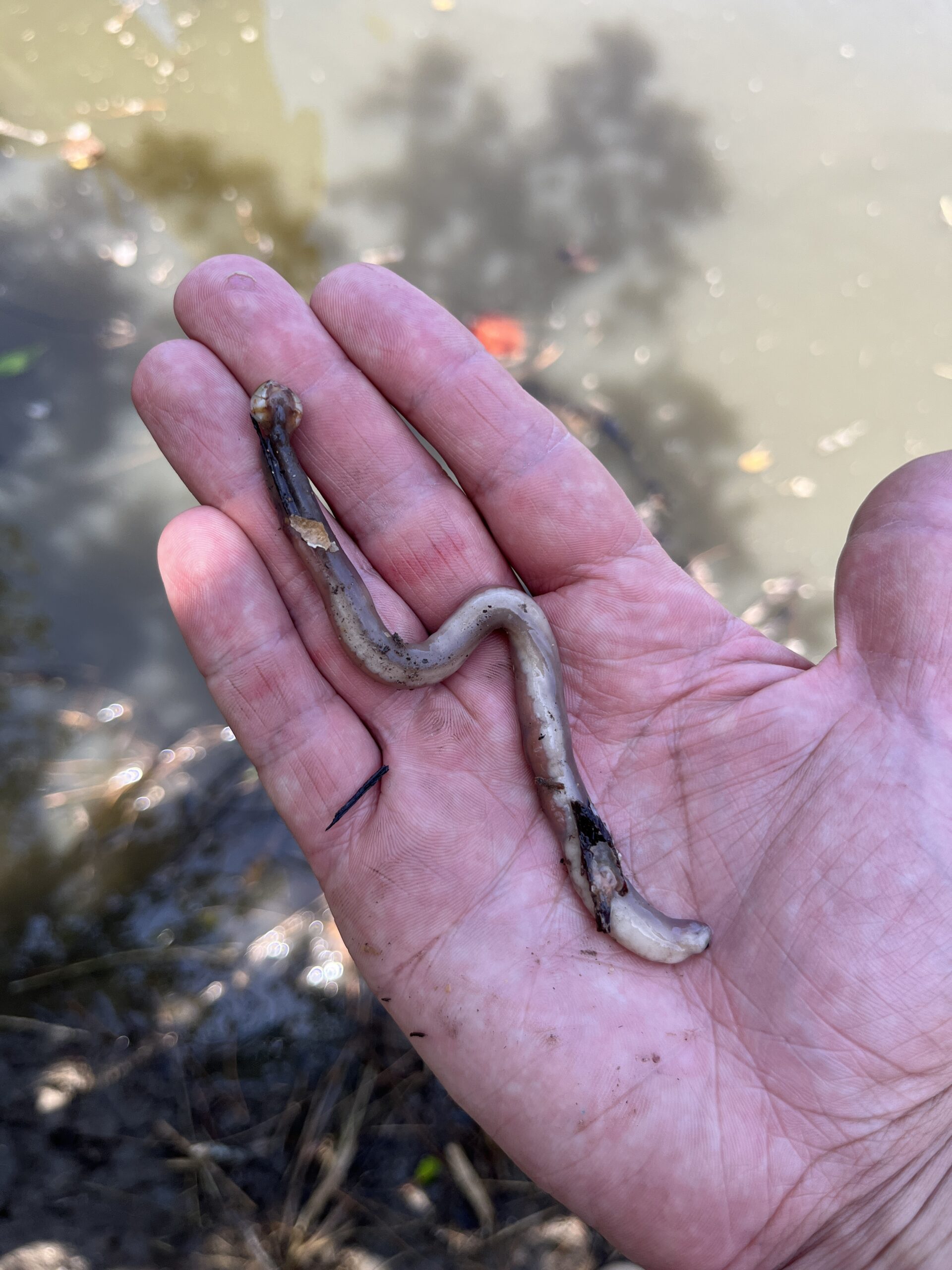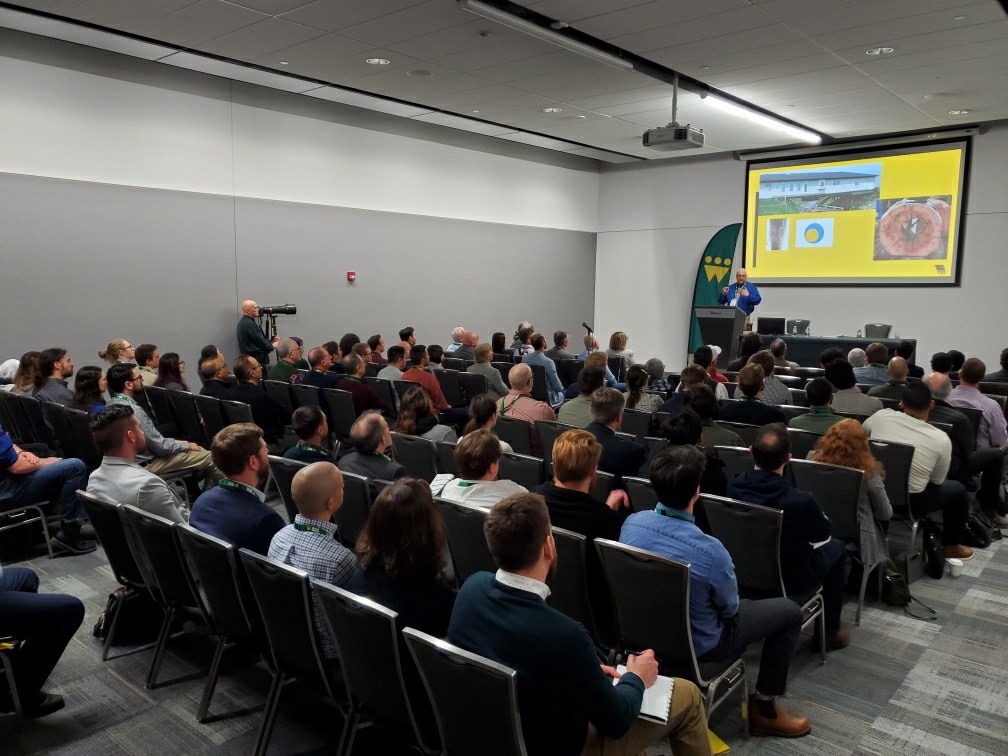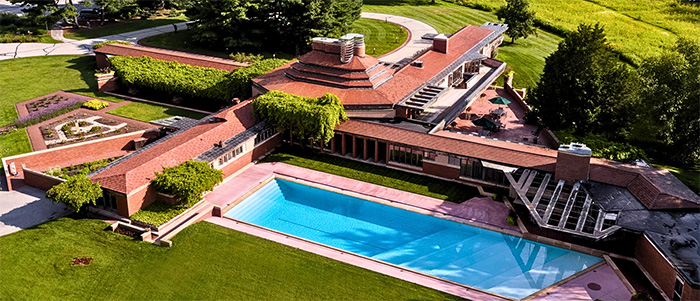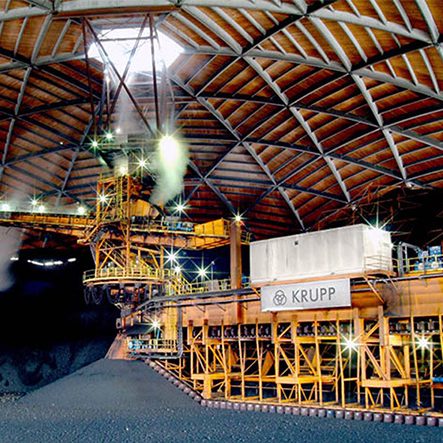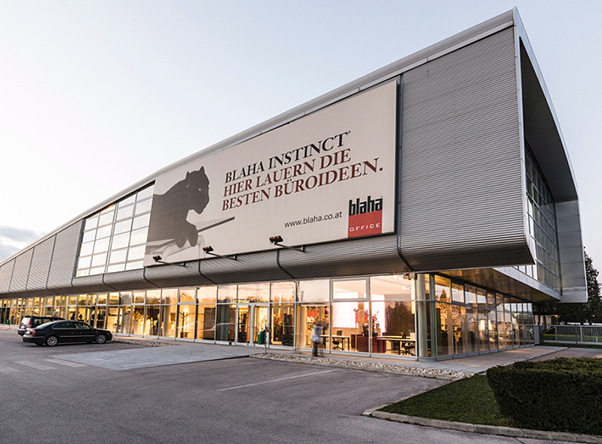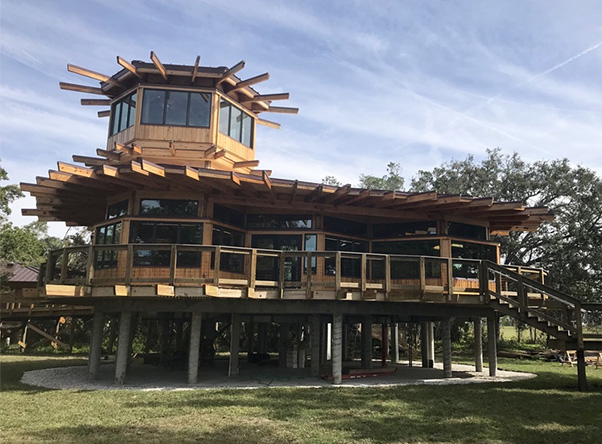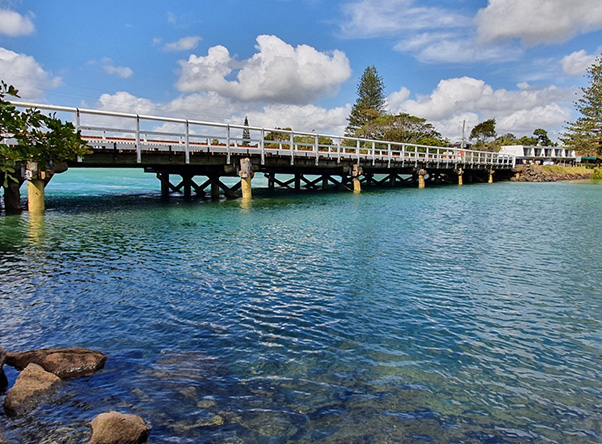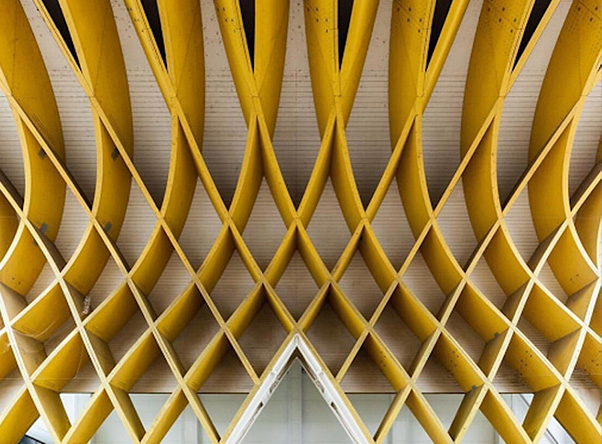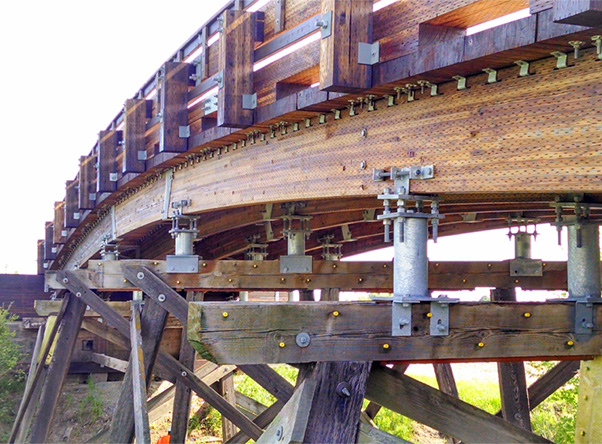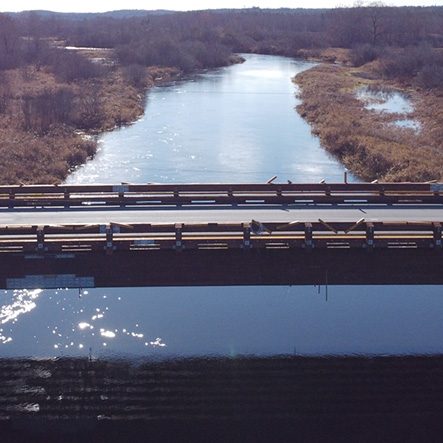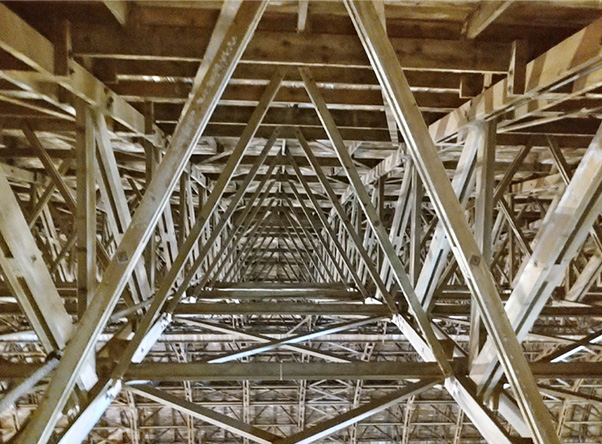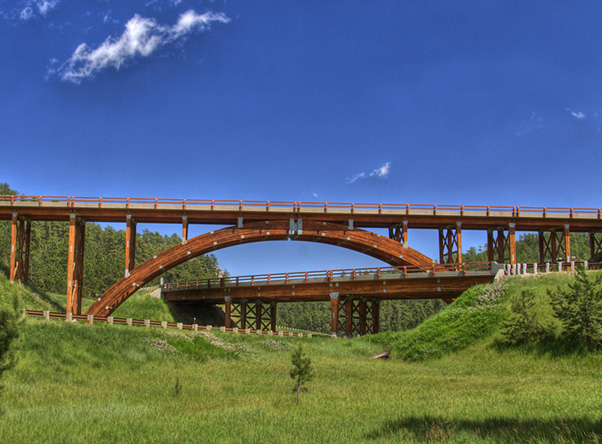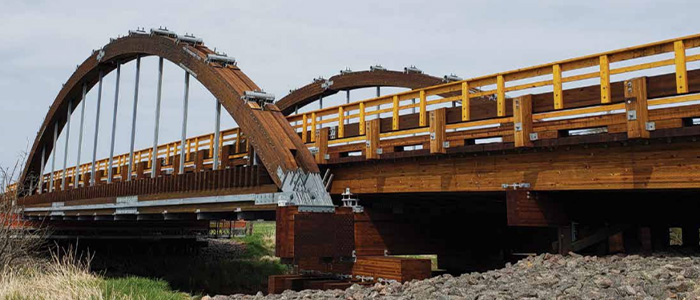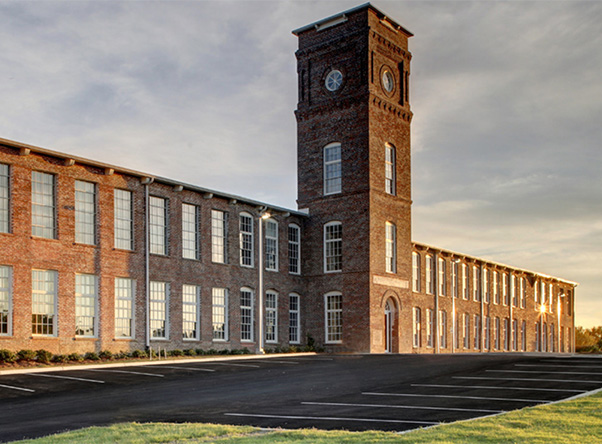Understanding Durability & Strength of Timber
Durability encapsulates more than just the material’s lifespan. It’s about maintaining structural integrity over time against a suite of challenges. Existing heavy dimensional timber structures are different than modern Mass timber products, such as cross-laminated timber (CLT), glued-laminated timber (glulam), and dowel-laminated timber, are renowned for their exceptional strength and stability. Engineered with precision, they offer performance that surpasses that of raw materials. Pound-for-pound timber is the strongest building material available on the market. But existing heavy dimensional, and timber structures still offer extremely reliable and strong options for structures and can still provide great service to communities around the globe.
Lifespan of Timber
Timber structures can have a lifespan equivalent to or greater than concrete and steel when properly cared for. Understanding the threats to this lifespan is the first step in protecting it. Like with all building materials certain aspects can heavily influence a material’s behavior and lifespan.
Effects of Moisture and Rot
As with any wood product, prolonged exposure to moisture can lead to decay and rot. This is mostly concerned with Wood exposed to open air with a moisture content level of greater than 24%. Timber and wood submerged in water doesn’t apply to this because the main component of the decay process is excessive moisture in combination with oxygen, which due to the lack of oxygen the integrity of the timber member underwater isn’t affected.
Properly designed and constructed timber structures can mitigate the effects of moisture by utilizing vapor barriers, drainage systems, and ventilated cavities. Regular inspections and maintenance can also prevent moisture buildup and catch any potential issues early on, through the use of diffusers and other methods.
Insect Infestation
The best defense against insect infestation is a proactive approach that includes regular inspections, treatment options, and sealants that can deter insects from entering the wood. Additionally, using pressure-treated wood for any areas that may come into contact with the ground can also prevent insect damage.
While termites are a well-known threat to wood structures, other types of pests can also cause damage. Marine borers, for example, are small molluscan EG. shipworms or crustaceans like limnoriids that feed on wood and can be found in marine environments such as docks and piers. They can weaken the structural integrity of timber, making it susceptible to failure over time.
Another type of pest that affects timber is carpenter ants, which can tunnel through wood and weaken its structure. Lastly, wood-boring beetles are also a common pest for timber structures, as their larvae feed on the inner layers of wood and can cause significant damage if left unchecked.
By understanding these pests and implementing preventative measures, such as regular inspections and treatments, you can protect your timber structure from potential infestations and ensure its durability for years to come. Overall, it’s important to actively monitor and address any pest threats to maintain the strength and longevity of your timber investment.


